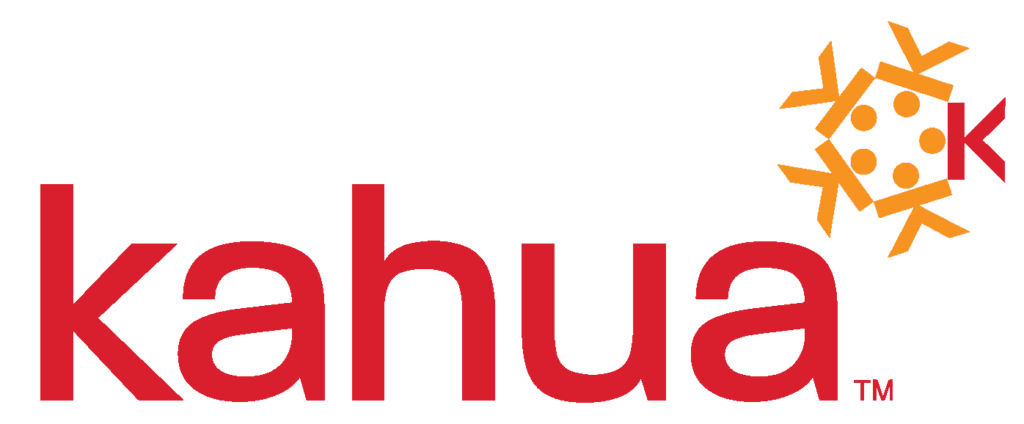Summer School is in Session: Lessons on Data Best Practices
I know what you’re thinking: It’s July and school is out for the summer. I get it. I love lake days, baseball and grilling out myself, but that doesn’t mean we can’t pick up a few new ideas along the way. So today, for a few minutes anyway, class is in session.
In today’s world, we collect so much data on construction projects. Not gigabytes, not terabytes, we’re talking 2.5 quintillion bytes daily. But in case you haven’t heard the stat before, 96% of that data goes unused. We are leaving quintillions on the table, quite literally.
So, the question is, what can we do to get more use out of our data? That’s what today’s session is about. Specifically, let’s dive in on a few areas to get insightful use out of budget and cost data.
Starting from Scratch
For just a moment, let’s be really honest with one another. When was the last time you started from scratch on something? Truly, a blank sheet of paper and a prompt. No research, no conversation with a friend, just your thoughts. I can think of maybe a handful of times in my life this has happened. Why is that? Because very seldom do we approach a situation for the first time in the history of the world.
Projects are no different. While the design may be one-of-a-kind, the materials and methods of construction have repeatability. Therefore, the first and most important use for the plethora of budget and cost data we are collecting is historical benchmarking.
You see, starting from wisdom is so much better. A friend of mine used to say it like this: “Would you rather be the first through the mine field or the tenth?” Starting a project off with square foot budgets based on materials and construction types is like being the tenth, or even 100th person through the mine field. I’m not talking about those average pricing books with millions of lines in them. I’m talking about using your data, organized by the way you do business.
Some of you may be thinking, “We do this already.” And maybe you do. But if we dig a layer deeper and try to get into that 96% of unused data, are you adjusting your historical cost analysis by location? What about adjusting it for inflation? This is where the how becomes as important as the what. That detailed level of intel is much more achievable with project management technology that is pre-factored to collect these ancillary filters.
Which brings me to the next topic. What good is it to start with all this great wisdom if we just turn it over to a stranger we’ve never worked with?
Making the Grade
If you have been around the industry for a bit, you are likely acutely aware that not all contractors (or vendors) are created equal. There are many out there who are great, and new ones are popping up every day, but there are also others that aren’t so great. You know, the companies that come in low and then rely on changes, delays and disputes to build up their profit margins. Whether it is in how they build their pricing or in how they run their work, this small subset remains a group we would rather not work with.
So how do you know who to choose? Well, while we’d like to believe the best in all companies, vendor analysis is another great place to lean into cost data. Believe it or not, if you are writing contracts and tracking costs, you already have the data necessary to create a vendor scorecard. You know how often they hit budget. You know how often they create changes. You even know how often they land you in disputes. Wouldn’t it be great if you had their grade handy when the bid came in?
Great projects take great people, and enabling your teams with the ability to evaluate who those great people are at the click of a button builds confidence in the overall budget. And again, with the right project management technology at your fingertips, this data that is already being collected can be appropriately surfaced for your team as needed.
Now at this point, you’re likely beginning to ponder how much faith you can truly put in the quality of your data. Well, that leads to our final topic of the day.
Trust, but Verify
If you are anything like me, this mantra was drilled into your head as a young professional. Sure, you can trust what you are hearing or reading, but you better verify if you’re going to put your name behind it. Regardless that data capture and reporting have gone digital since the time I was verifying, the philosophy remains sound.
At the end of the day, project costs must balance. What you show in a contract for a commitment spend must match what you show in the budget for actual spend. Likewise, what you show in the project management system for spend must match what you show in the accounting system for spend.
Cross-project, cross-hierarchy analytics provide the cross-referencing necessary for reconciliation at month’s-end. When built into the project management system, your teams can now reconcile and balance the budget in a detailed way within the confines of the data authoring system.
That is the verification. That builds the quality into the benchmarking data, into the vendor analysis and into your next project.
***
I hope you enjoyed our little summer lesson for today (three lessons, actually) and feel empowered to do more with the quintillions of data floating around the industry. Who knows, maybe this little session can help your team get below the 75% mark on the unused data chart? Or, at the very least, it gives you a few ideas on how to get more out of all the collecting you do each day.
Feel free to leave a virtual apple for the teacher by following Kahua on LinkedIn or throw your email into the request form if you’d like to schedule office hours on this topic and more with our team.


